Rose Fairy Dance (Fairy Dance).
Fairy Dance is a variety of English polyanthus roses. Bred by Jack Harkness in 1979. Harmoniously combines the beautiful shape of miniature flowers and the properties of ground cover roses. Another name for this rose is HARward.
The plant is compact, re-flowering, with small shiny foliage of a dark green color. The height of the bush is 50 - 60 cm (in warm climates it can grow much higher), the width is 40 - 60 cm.
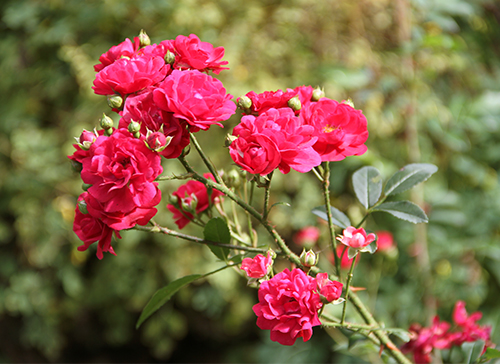
Semi-double flowers, 3-4 cm in diameter, contain about 20 petals. The shape of roses changes in the process of flowering from a conical bud to a flat-shaped bud. The flowers are dark pink to crimson with a burgundy tint and yellow stamens. They are collected in large inflorescences, consisting of 9 - 15 buds.
The flowering is luxurious and abundant, with short interruptions. In warm regions, the first flowers bloom at the beginning of June, and the last ones - at the end of autumn (the southern coast of Crimea and the Black Sea coast of the Krasnodar Territory).
Medium resistance to black spot and powdery mildew. As a precautionary measure, it is recommended to plant these plants in open areas, where air circulation quickly dries the leaves from moisture, reducing the risk of disease.
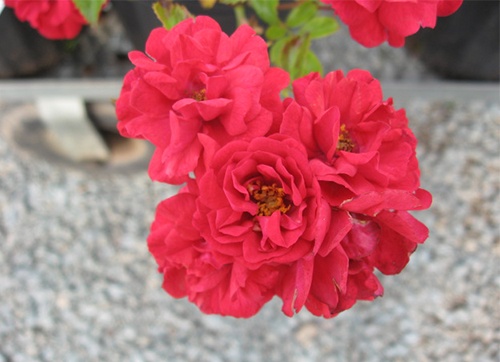
Fairy Dance is recommended to be planted in sunny areas where there are no cold winds. This variety prefers fertile, drained soils, from slightly acidic to neutral. As a plant care, sanitary spring pruning of old shoots, top dressing and preventive spraying are necessary. Roses are not self-cleaning, therefore, wilted buds must be removed in time.
USDA frost resistance zone: 4 (minus 28 - 34 ° C). For Russia, these are the territories of the Middle zone of our Motherland and the Far East. This rose winters well, but, despite this, the first 1 - 3 years it is necessary to cover it for the winter (for example, spruce branches).
Advantages of the variety: unpretentiousness, compactness, many flowers, resistance to diseases and bad weather conditions.
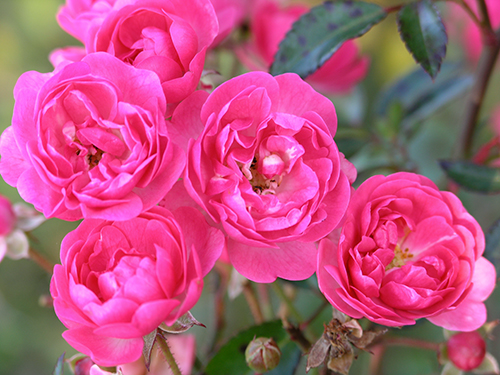
The disadvantages include a weak aroma of flowers.
Fairy Dance is good for creating flower beds and flower beds, for planting at the curb and along the fence, for decorating outdoor terraces and verandas. It can also be grown on a stem or in a container. It blends perfectly with low shrubs, perennials and vines.
Fairy Dance is luxurious when combined with varieties like ‘Blue river',' Belvedere ',' Pink Fairy ',' Aspirin Rose ','Rhapsody in blue',' Pearl Mirato ',' Sorrento ',' Blue Parfum 'and' Austriana '. Companions such as' Magic Meillandecor ',' Amulett ','Rosarium Uetersen',' Palmengarten Frankfurt ',' Peter Paul Rubens' and 'Raubritter'. And to give lightness - varieties of light in color ‘Tchaikovsky',' Alise ',' Artemis' and 'Alaska'. Dilute with blue tones such as ‘Twice in a blue moon', ‘Mainzer Fastnacht'and' Nil Bleu '. Add sunny hues - 'Graham Thomas', 'Isidora' and 'Golden Border' roses. The unusual shape and abundance of miniature flowers will fill your garden with charm and charm.
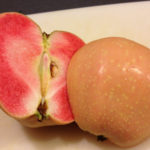
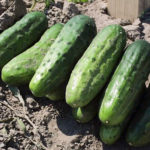
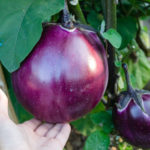
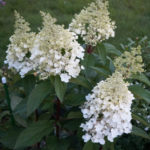





I love roses, I planted different ones with different results: some took root, and some died in the rather harsh climate of the Ivanovo region. Fairy Dance is one of those roses that have survived our winters. Although in the first winter, no matter how I covered it, the shoots were severely frozen, I had to cut it almost to the ground. But, fortunately, the root system remained alive, and in the summer the rose has already given more powerful shoots, which already winter safely. Under cover, of course. She responds well to feeding, this year she fed her with yeast wiring - she liked it, judging by the rapid growth. Does not like cold damp weather - black bloom appears on the leaves, you have to treat it. In this last cold summer, re-flowering, one might say, did not happen - the rose only had time to pick up the buds.
Fairy Dance has been growing here for a very long time - many years ago my parents bought a dacha, and there were already roses there. After a couple of years, in a very harsh winter, absolutely all of them froze out, but a year later an escape appeared in the place where Fairy Dance grew! As I understand now, the rose was self-rooted, and a bud could wake up on the root collar - so as not to lose it, my mother managed to trace the grown bush (young growths of this year take root well). In addition, the variety perfectly conveys its properties during seed reproduction. The variety is old, it does not have the same immunity to powdery mildew as the new modern varieties, but if the plant is treated a couple of times a season with Topaz and fed with Magnesium Sulfate, the rose will be healthy all summer long and will delight with abundant flowering. Of the pests, aphids are especially dangerous - it is killed by "Aktara". I turn a blind eye to all diseases and pests, since the variety is excellent: the bush is compact, very cute, the flowers last for a long time and do not lose their color (do not fade), and most importantly, the plant has excellent winter hardiness.